
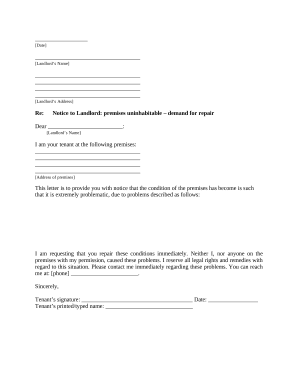

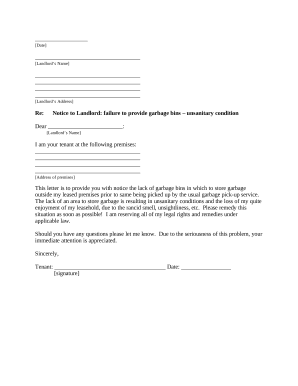
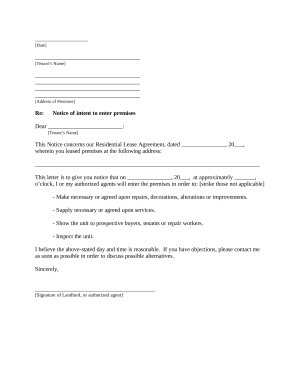

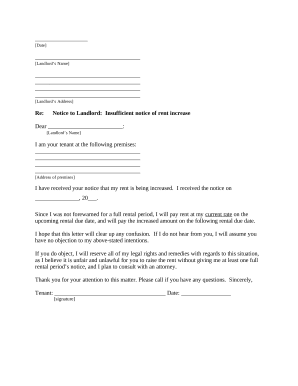
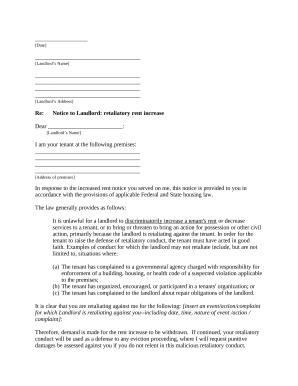
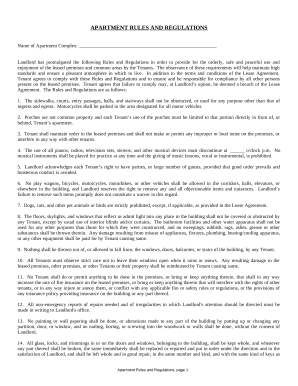
Improve your document operations with the Tenant Rights in Texas category with ready-made document templates that meet your requirements. Get the form, modify it, complete it, and share it with your contributors without breaking a sweat. Start working more efficiently with your forms.
The best way to use our Tenant Rights in Texas:
Discover all the possibilities for your online file administration with our Tenant Rights in Texas. Get your free free DocHub account right now!